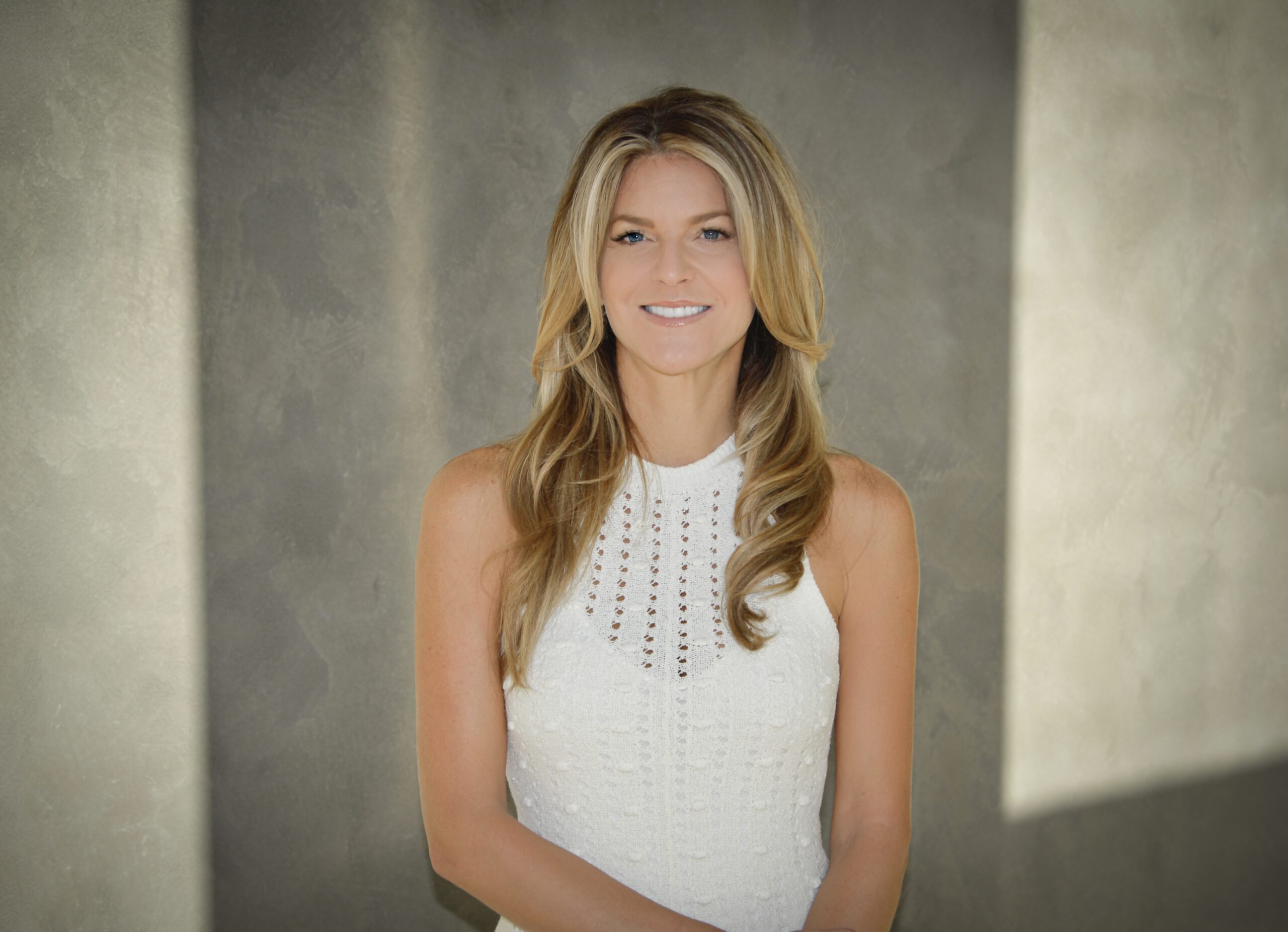Longevity, influence and the social media trap: Who do we trust with our health?
In a world where six-pack abs are flaunted more than six-point health plans, who are we really trusting […]

For all the bravado, the samba moves, and the dazzling spirit in attack, Brazil always needed a sentinel, some tough defenders, in order to balance the free-flowing spirit of the squad in its history. While the South American side has brought back the “joga bonito” traits that described them best at Qatar 2022, they are also very solid at the back, conceding only two goals in their first four games in the tournament.
What really transpires when looking at this amazing incarnation of the “Selecao” at the 2022 FIFA World Cup is the excellent team spirit, as every goal is celebrated with a huddle at one of the corners of the pitch, where every player takes part and celebrates the goal.
One of the most discreet presences is, however, one of their captain, Thiago Silva, a defensive mainstay, who, at 38 years old, is surely at the final major tournament of his star-studded career, one which saw Silva feature for some of the best club teams in Europe, like AC Milan, Paris Saint-Germain or Chelsea.
Born in Rio de Janeiro and abandoned by his father at the age of five years old, Silva never had the talent or the technical skills of the prototype of the Brazilian footballer, but his tenacity and intelligence earned him rave reviews. He was snatched by Fluminense, one of the powerhouses of Brazilian football, but dropped through the cracks. Another Brazilian powerhouse, Flamengo, overlooked him as well.
There was Silva, figuring out what should he do with his career, as an 18-year-old, when other Brazilian players light up the sky either at home or in Europe. He signed with RS Futebol Clube, in the third league, then moved up at Juventude, in the first league, where he transitioned from a defensive midfielder into a defender.
Soon, big clubs from Europe were on his tail and the winners of the bidding war became FC Porto, who forked out €2.5 million for him. One year later, Silva moved to Dynamo Moscow, in a league full of South American players that were trying to kickstart their careers in Europe.
But disaster struck. Silva was diagnosed with tuberculosis and was hospitalised for six months. Not only his career was in the balance, but he could have also lost his life.
It looked like Porto passed too early on a player with huge potential, but the thing was that Silva could not perform at the highest level. He was unable to keep the pace with his teammates, always complaining of flu-like symptoms.
“I was devastated when I saw him. He showed up at the box and I barely recognised him. He was all deformed, seemed swollen, and had gained over ten kilograms. I would find out later that it was because of the medicine he had been taking. I was really worried about him,” said his Brazilian coach at Dynamo, Ivo Wortmann.
Nothing showed on the checks, but Silva was really sick.
“It happened when I was playing for Porto B, and I started to feel a lot of pain in my chest. My friends joked about it, saying that I was just missing my girlfriend and family in Brazil. Five months later, some Portuguese players and I signed for Dynamo Moscow. We went back to Portugal for pre-season, and the pain only got worse. After loads of medical tests, they found out that I had tuberculosis. But they didn’t tell me straight away, so we all returned to Moscow,” said Silva.
“In the end, it wasn’t four months, but six. For the first three, I couldn’t see anyone. My mum and girlfriend flew to Russia – actually, Isabelle went there to break up with me but didn’t go through with it! She left everything behind in Brazil, and we’re still together. Her presence there gave me so much strength. Only God knows what would have happened if she’d broken up with me,” added Silva.
He quickly came back to Brazil and this time Fluminense welcomed him with open arms. Not only he became a leader, but he was also a fan favourite, and he also helped his club in 2010, when AC Milan came calling.
A €10 million fee was agreed and Silva’s excellency helped Milan rebuild, as even the great Franco Baresi had huge praise for the Brazilian stalwart. He went on to play for PSG and Chelsea, becoming a true leader immediately, even if he did not speak the language.
“It’s very easy to understand the language of football. I don’t speak English and understand little of it at the moment. I’ve already picked up a couple of phrases to help guide the other defenders back and forth, right and left. Away from the pitch I’m quite shy but sometimes when I’m on it I find myself speaking Spanish, French and even a few unexpected words in English that I didn’t know I spoke,” said Silva in an interview for FourFourTwo.
Now at the zenith of his career, the Brazilian stalwart, who has already won the FIFA Confederations Cup and the Copa America with the national team needs only one trophy. The FIFA World Cup at Qatar 2022. Then, his legacy would be completed.

In a world where six-pack abs are flaunted more than six-point health plans, who are we really trusting […]

In the era of social media, post-COVID, and with mental health at the forefront, a shift is taking […]